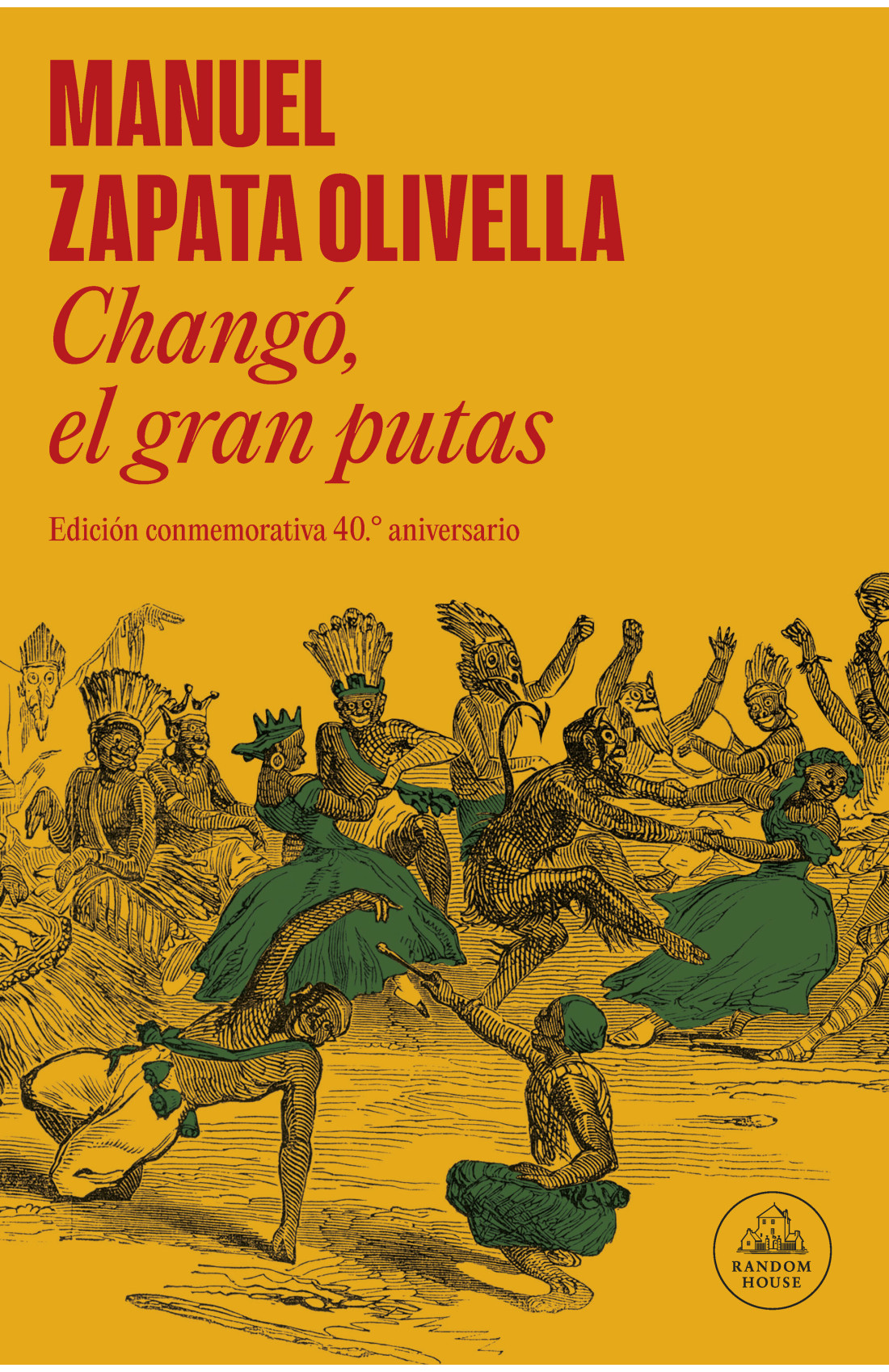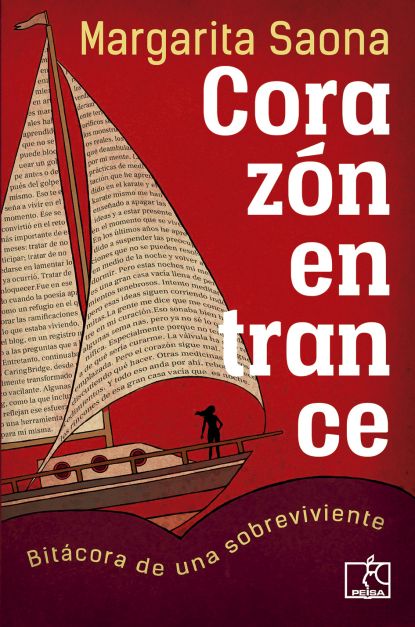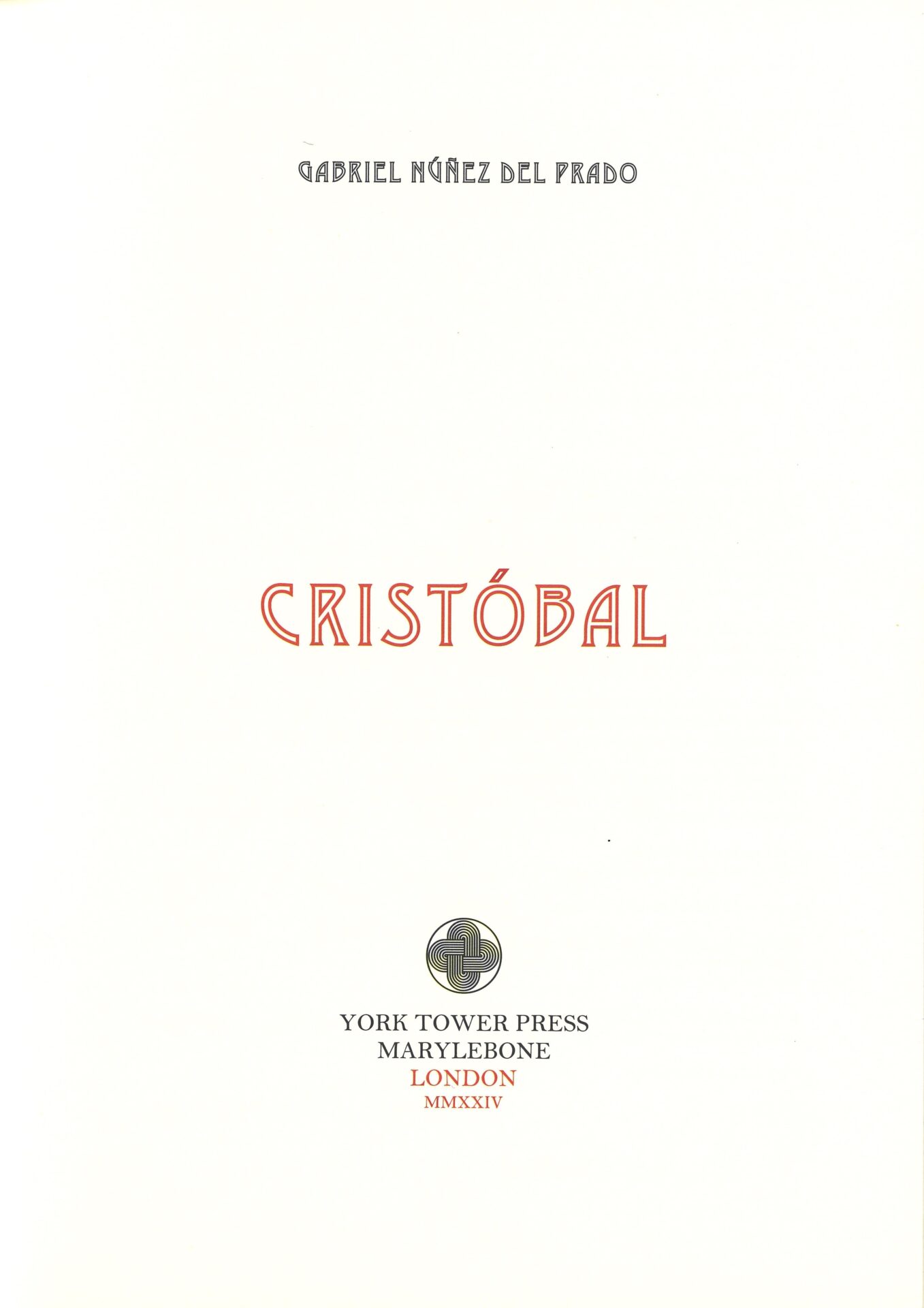Santiago: Pez Espiral. 2021. 62 pages.
 There are books that slip through your hands like sand. We try to hold onto them with a tightened fist, until only a few grains remain adhered to sweaty palms. There are books that melt as we read. They melt, or dissolve, because each word, each text, each image comes into us like something that is almost already ours, that we recognize, and that soothes us. Repite conmigo is one of those books that trickles away, melts, dissolves, and reflects ourselves.
There are books that slip through your hands like sand. We try to hold onto them with a tightened fist, until only a few grains remain adhered to sweaty palms. There are books that melt as we read. They melt, or dissolve, because each word, each text, each image comes into us like something that is almost already ours, that we recognize, and that soothes us. Repite conmigo is one of those books that trickles away, melts, dissolves, and reflects ourselves.
Written during the COVID-19 quarantine in Chile, but with sections that were previously workshopped by the poetic musical group “González y los Asistentes,” this work is an indication of the discontent that was already present in Gonzalo Henríquez before the plague—for the plague, of course, was never one single ailment, and never did it fall under one single sign. With this book, Henríquez becomes part of the library of visual poetry from the Pez Espiral publishing house, and a talented representative of all of the visual poetry that today emerges in force from Chile, Latin America, and the world.
His symbols, so we say, are those of visual poetry. His conceptual structure is a spiral that places emphasis on three elements. First abstract thought, on one hand, gives way to the palabra-grito, the shouted word, on the other, and later takes the form of a textual image. Finally, this image abates to abstract thought that gives way, as a consequence, to more palabras-grito, which are transformed once again into a new image.
The prologue that opens the work, an essay by Marcela Parra titled “Recuperar contraseña,” gives excellent keys to reading the text, but not without omitting others. The reader takes pleasure in trying to decipher those passwords that must be found in order to turn the latch, opening the door and allowing us to peer inside, but with limited vision if one does not gaze with proper feeling. Here I offer some other minimal keys, so that we might march ahead, complementing this book through different perspectives, among many others.
From the beginning, with the quick leaf-through that every reader gives a work that has recently arrived in their hands, we can link the aesthetic of Repite conmigo to concrete poetry. Its forms, its composition, and its visual strategy bear witness to this marriage. However, there is also something very Parrian here (Martinezian, if you will), such as the arithmetic formula on page 37; the imagination or arithmetical completion of the poem “Trainspotting”; or the tragic irony that underlies texts like the one that gives the book its title: an evolutionary prayer that, like a mantra, wishes to undo evil at every perimeter, in the style in which Huidobro, with his paracaídas, intended to tear apart poetic language as we knew it before his arrival. In this way, he halted the imitation of nature, inventing a new language where, as in this collection of poems, verse was like a key that opened a thousand doors. This is a technique that is used further in a triangulated form between the Huidobrian and the Emarian, and which traverses the book with the plural “etc.” that close “Enfermo.”
Furthermore, Carroll makes a veiled appearance in texts such as “Ya no ya,” where the winding form in which we read gives way to the sketch of a rat’s tail in Chapter III of Alice in Wonderland. Or in the text “Éteres,” where the worn words of one part, the obverse, are the reflection in the mirror that looks at itself between pages 42 and 43 of the book, complementing its reverse. But also in “Cecil Hotel,” where the cover image is repeated backwards, containing the other side of the words that are glimpsed through the cropped image of the cover. This poem is repeated as a fragmentary text in the flap of the book, giving us from the beginning that other key repeated on various occasions inside the inserted images. Through it, fragments can be read that allow us to imagine the tone and content of the text through its fluid words. That is to say, words like “insult,” “they don’t understand,” “morning,” “sound loudly,” “the tone,” “they don’t answer him,” “from the glass,” “Hotel,” or “the last”; like anagrams (keys, passwords, or clues) for the reading of this visual book.
Additionally, empty calligrams, like the megaphone, the lock, or the eye of “Chat” reverse the technique of Apollinaire to be, as Mallarmé proposed, white on the page, full of meaning and surrounded by noise. A deafening noise that falls silent upon fixing your gaze, and nevertheless also lends to the silences privileged by Mallarmé himself in the prologue and structure of his Coup de des.
The final text, and perhaps the most devastating, “Lineamientos éticos,” situates us in an undeniable reality: our arduous current circumstance of COVID-19. Like in “Trainspotting,” Henríquez turns the text of page 54 into the image of page 55, as a growth of the anguish, sickness, and death that this plague has brought us since it imposed itself upon the world in 2020.
At the level of content, the landscapes of a place in decomposition (in the interior: the subject; in the exterior: the social field) make a constant appearance. From the references to breakups to the professed political texts, one observes a discontent, a fury, a desire to give form to the landslide so as not to repeat it. Like a Freudian, Lacanian, or surrealist exercise, giving life to the subconscious in order to remove trauma and put an end to it, meaning nothing more (and nothing less) than a new beginning, the desire to leave behind a suffocating past.
Repite conmigo is made and unmade. It looks for a path to return to order after chaos, for an opening inward, for the release of a cry that, as its cover reveals, is cut short as soon as it is launched. This is the labored cry of Gonzalo Henríquez.





